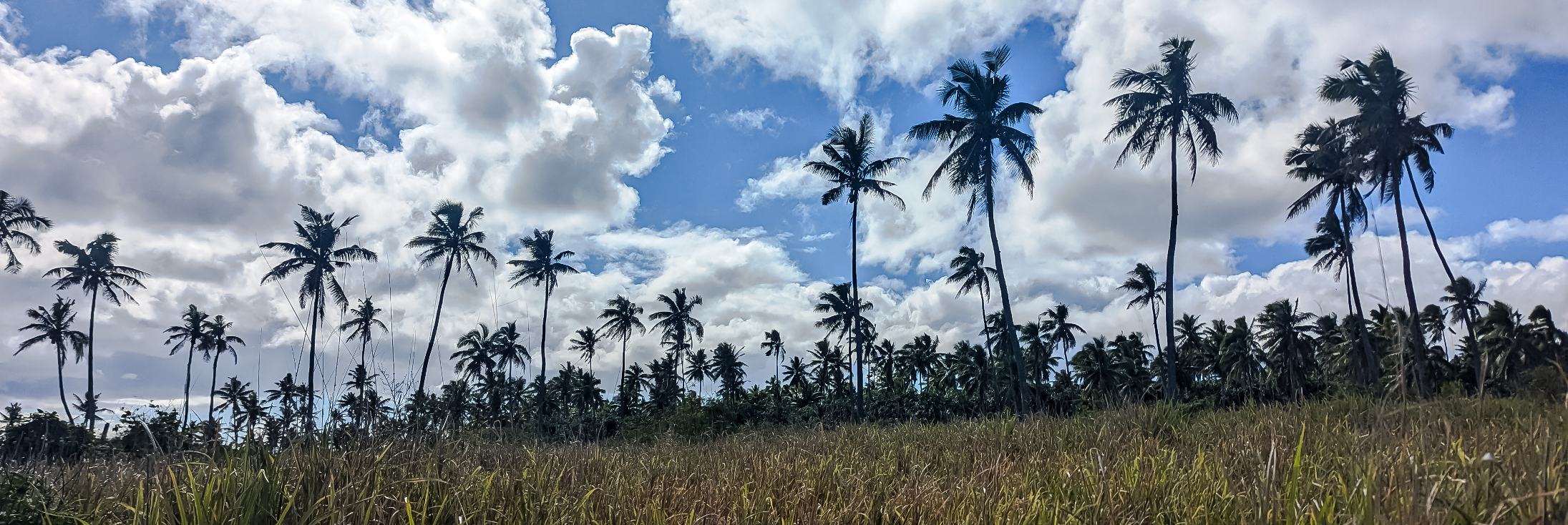
tonga
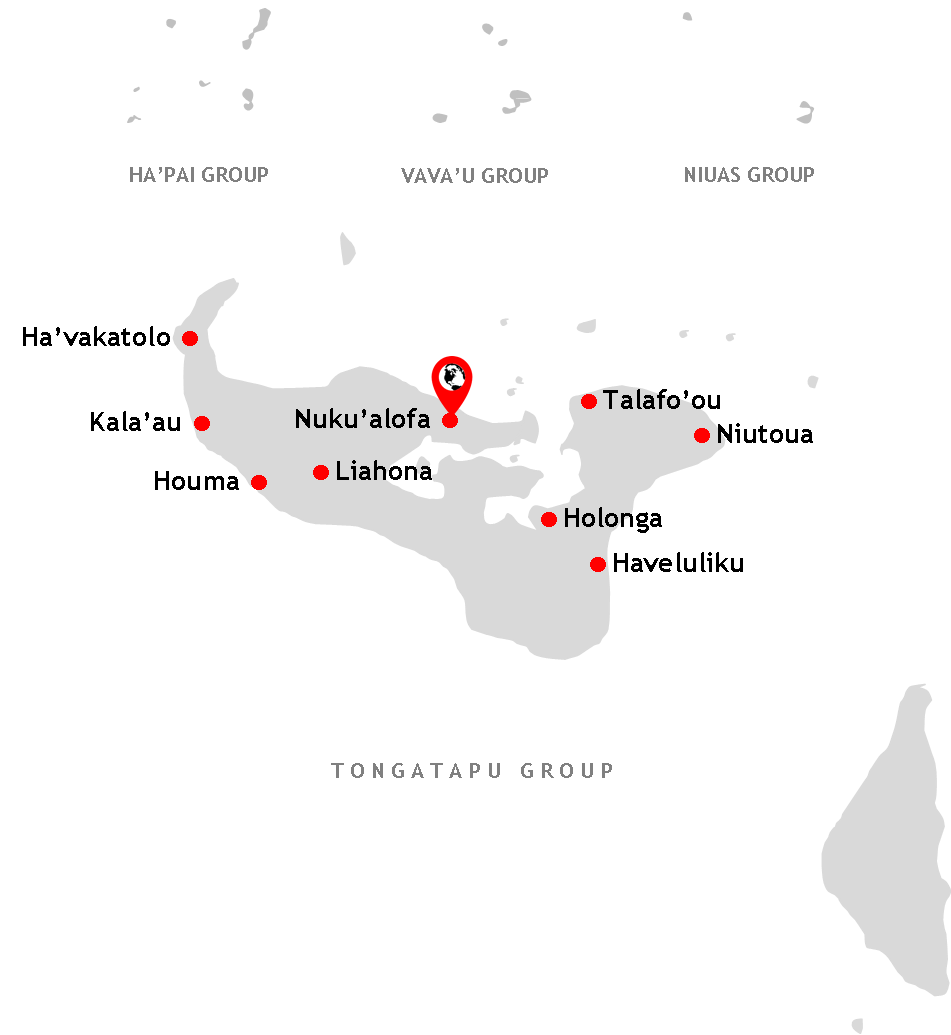
Where: Tongatapu, Tonga. Oceania.
When: July 2025
What: Talamahu Market, Captain Cook's Landing, Three Headed Coconut tree, Tsunami Rock, Mapu'a Vaea Blowholes, Ha'amonga (the Stonehenge of the South Pacific), Swimming in Anahulu Cave pool, Salote Road Brass Band Parade.
How: International flight, taxi, walking.
Wildlife spotting: 'Fishing Pigs', Flying Foxes.
Country counter: No.99
Illnesses or mishaps: Heading out on a futile mission to kayak in a lagoon only to end up wandering around a dead man's abandoned house whilst calling out his name.
As the plane descended into Nuku'alofa, the capital of the Kingdom of Tonga, I embarked upon a Polynesian adventure in my 99th country. A 3600 kilometre, five-hour flight direct from Sydney brought me to my third solo adventure on the continent of Oceania in quick succession. Indeed, the last eight months have followed a decidedly Pacific pattern: Samoa, Solomon Islands and now Tonga. Whizzing through the streets from the airport to my hotel, I delighted in the characteristically Pacific tropes unfurling before me, hallmarks of island cultures I've experienced several times before now: corrugated one-storey dwellings gathered around community halls, stray dogs menacing the sidewalks, the unmistakable prevalence of Christian iconography, idyllic palm trees shooting up into the sky from fervent, Jurassic-looking land, the smell of smoke in the air... Entering Tonga for the first time, dubbed the "Friendly Islands" by Captain Cook, felt something akin to returning to a place I know and have been before. Don't worry, I'm not about to conflate a whole bunch of South Pacific countries by saying they're all the same because, put simply, they're not - even to the untrained eye. People in Samoa smile a lot. People in Solomon Islands say "good morning" a lot. People in Tonga laugh a lot. Indeed, Tonga has, perhaps, more to distinguish it than most; it is the only country in the region to be a constitutional monarchy and it was never colonised during the age of imperialism in Oceania. Perhaps this uniqueness is what is inferred by the Tonga tourism slogan, "Tonga: the True South Pacific". Captain Cook may have visited Tonga three times, and on his third and final visit in 1777 stayed several months, but he remained a visitor only. What he observed and recorded during this time, according to the official Tonga information board marking the site of Cook's landing, "became the best and most highly valued documentation of pre-Christian life in the Islands".
I stayed on the island of Tongatapu, Tonga 's main island and described as Tonga's "Sacred South", in a local hotel overlooking the South Pacific Ocean and a short walk to the centre of Nuku'alofa. Nuku'alofa is, largely, a one or two-storey affair of functional buildings, independent road-side stores and the odd eatery or coffee shop. The centre is populated by a number of churches of various designs with spires shaped from the rough and ready material of corrugated tin. There isn't a great deal to do or see in Nuku'alofa but sometimes it's nice just to wander like an globe trotting flâneur, taking delight in the everyday mundanity of a foreign land. However, I did have a full three days on the island and after the first day was spent wandering downtown Nuku'alofa, and exchanging laughs and chat with locals in the lovely Talamahu Market, I needed something more.
A chance conversation back at my hotel resulted in me spontaneously booking a tour for the next day, comprising of a bunch of quirky sights I thought it would be cool to see. For a not-inexpensive fee I clambered into Pou's car. It came with intense Tongan beats blaring from a tinny speaker with flashing lights and with incongruous car system announcements playing out intermittently in Japanese (nearly all cars in Tonga come from Japan). With his limited English, but enough words for him to be able to put me at ease, we set off to the north of the island and the curiosity that is the Three Headed Coconut tree near the village of Liahona. Despite storms and tsunamis, this marvel of a coconut palm still stands. Westward along the coast was the Mapu'a Vaea Blowholes, understated on this relatively calm day but mesmeric and soothing in their own way. Kala'au village is home to the enigmatic Tsunami Rock, which stands somewhat dissonantly in the middle of the landscape. It naturally begs the question, how did it get here? The potential answer is captured in its name; a tsunami in the distant past must have swept it ashore and placed it there. Mother Nature has been moving her belongings around again. The rock strikes an awesome sight set against a vista of dense palm trees swaying in the distance and foregrounded by long rustling grasses. Pou encouraged me to climb to the top but, having assessed the rock's verticality and the sheer scramble it would require with my worn-out grip-less trainers, I calculated that it was too much of a risk. Admittedly I was tempted. The Flying Foxes, swarming in a tree in the village of Ha'avatatolo, took me to the northern tip of the island before a long drive out to the eastern edge of Tongatapu to see the Ha'amonga, a stone trilithon curiosity referred to as "The Stonehenge of the South Pacific". It was only a 30 kilometre journey but, on Tongan roads, it felt much more arduous; pot holes, dusty tracks, wild dogs chasing each other in the road and wild pigs crossing. Most roads carry signage of a 70 kilometre speed limit but, I fear, this is nothing more than just wishful thinking. Over seven centuries old and weighing forty tonnes, it is now believed that Ha'amonga was constructed, not as a gateway to a royal compound as first thought, but as a marker of the rising sun on the longest and shortest days of the year. With a quick stop at Captain Cook's landing place along the western coast of Tongatapu, my tour with Pou was over. It was good fun pressing through nearly 100 kilometres of Tongan rurality, through her villages and through her people's lives. It was humbling, uplifting, exciting. The destination points were only part of it; the real enjoyment was the journey itself. A cliché, I know, but true all the same! My second day concluded, idyllically enough, with a takeaway pizza down at the coral beach as the sun set; a satisfying denouement to a rather good day.
My final day came with the angst-ridden choice that comes with any final day on a trip: relax or go out with a bang? My body said relax; how nice it'd be to sit around drinking coffee, listening to podcasts or writing this Travel Chronicle. Having had relatively easy going trips to Samoa and Solomon Islands previously, I opted for the latter. Motivated by the Tonga: What's On guide in my hotel, I set off in a taxi to the village of Holonga in the centre of Tongatapu - no mean feat considering the roads and taxi costs - to go kayaking in a lagoon. I was soon hopping into Lau's taxi cab; not only was she the only woman working for the taxi company but she was also awesome to chat to. We set off, but not before she had to run a few errands; dropping off money at the cab office and filling her car up with petrol all ready for the 20 kilometre journey... As we approached Holonga, Lau followed the directions she'd been given only to find we'd arrived at a large deserted house at the end of a broken and muddy road. Lau reversed the car and shouted across to a neighbour who was busy thrusting a stick into a burning fire pile outside her collapsing abode. Exchanges took place in Tongan which will forever remain a mystery to me. But, yes, we were at the right house. But how could we be?, I thought. I was expecting a little cabin or something similar, down by the shoreline with a sign saying "Fatai Kayak Adventures". We pulled into the side road again and got out of the car. We were now armed with the guy's name: Tony. We took to walking around the deck which encircled the two-storey house calling, "Tony", "Tony!". There was no-one around. The house was not only empty but positively deserted. It quickly dawned on me that no one had lived here for some time. Dust-covered windows, broken glass, half of a men's belt on the balustrade, gardening items in some disarray - and no kayaks in sight. We both wandered around looking for a main door to knock on or for a bell to ring but to no avail. Lau made it through the mangroves and onto the pontoon which stretched out into the lagoon. We both agreed: what a beautiful place to go kayaking. Lau stood at the end of the pontoon to take a selfie; this was as much a little adventure for her as it was for me. "I'm going to ask the neighbour on this side", asserted Lau. We hopped back in the car to arrive at the door of another dwelling, raising a slumbering old lady from her armchair, who lolloped to the door and greeted Lau. More Tongan. But then a different tone. Hushed. Respectful, even (languages may be different in many respects, but intonation seems to be the same the world over). Lau got back into the car and reversed out of the woman's garden. With some disbelief she told me that Tony was dead. He'd died while over in America and his ashes had not yet been brought back to Tonga to be buried alongside his parents. We'd been wandering around a dead man's abandoned house shouting his name. How unsettling. I then remembered how earlier I'd tried to call the phone number under the listing in the guide only for the number to be disconnected. Foreshadowing indeed.
At the end of the road Lau pulled over to the side. "What do you want to do? Is there anywhere?" I was at a crossroads while waiting at a crossroads. I was close to throwing in the towel and asking to be taken back to Nuku'alofa but in a flash I remembered that I hadn't been to swim in the cave. By a stroke of luck we were only a short distance from the Anahulu Cave on the south eastern coast of Tongatapu. Serendipitous, certainly. We set off. "This part of the journey is on me", she beamed. Less serendipitous was Lau's momentary acceleration in speed which had been caught by an officer of the Tongan Police on his speed gun. He'd waved us down but our speed meant we'd shot right past him, coming to a grinding halt many metres down the road. "I think he's not happy with your speed", I said. Goodness, this was turning out to be a right day! "It's okay, I know him", she joked. After a few minutes of them both talking across me in Tongan, during which I put on my most amiable expression in the hope of placating the officer, we were let go but only, Lau later told me, because I was in the car - a valuable visitor to the country who desperately needed to get to the cave before it closed for the day (Tonga is one of the least-visited countries in the world). The Anahulu Cave was quite incredible and without doubt a fortuitous substitute for kayaking in the lagoon. I entered with my flashlight on my smart phone, gingerly ducking a low ceiling and entering along steps cut into the rock. Then! The cave suddenly opened out in front of me, a rocky chamber with stalagmites and stalactites with a pool of darkened turquoise water. My kayaking gear (towel, swim shorts) was quickly repurposed for swimming in an underwater pool surrounded by nature's rocky chandeliers. It was otherworldly, incredible, beautiful. I switched clothes, donning my shorts in a brief moment of nakedness. I slipped into the water, water I'd assumed would be uncomfortably cold but was actually pleasantly tepid. I joined a small group of Australians already swimming in the pool, making my way around giant stalactites to enter into some of the other chambers. After about an hour or so, I headed back up to ground to start the process of trying to call a taxi. I was anxious about this stage but I'd arranged with Lau to call her taxi office and ask for her directly. I had to pop back in to the cave to pick up something I thought I'd left behind and, as I did so, entered a now-deserted cave. The silence, echoes of my footsteps, inky darkness and uncanny shapes were positively eerie. An hour passed before her car pulled up to take me back to Nuku'alofa. As we parted she said, "I forgot to ask you your name". It was a compliment to be asked; it showed our experiences together had been meaningful and memorable enough for her to want to know it. It was my last full day in Tonga. It was also her last day driving a taxi; next week she'd return to tertiary college. This was her working holiday and this was my holiday from work.
Safely back at my sea view room I barely had time to process the day's adventure (the dead man's house, our brush with the law, alone in an underground cave) before being lured back out onto the streets of Nuku'alofa by the sound of a parade. Dressed immaculately, several brass bands marched down the main Salote Street as Tongan Police controlled downtown traffic and locals and visitors alike delighted in the spectacle, a spectacle rendered even more glorious by the brilliant golds of the afternoon sunshine. I remember thinking, "I love Tonga even more now". As the last band disappeared up the street, I crossed the road and had my evening meal in the locally-famous Friends Café, something of a haunt for travellers. And so ended my final evening in Tonga: a land of friendly, gentle people and, for me, one of my most memorable solo adventures yet.
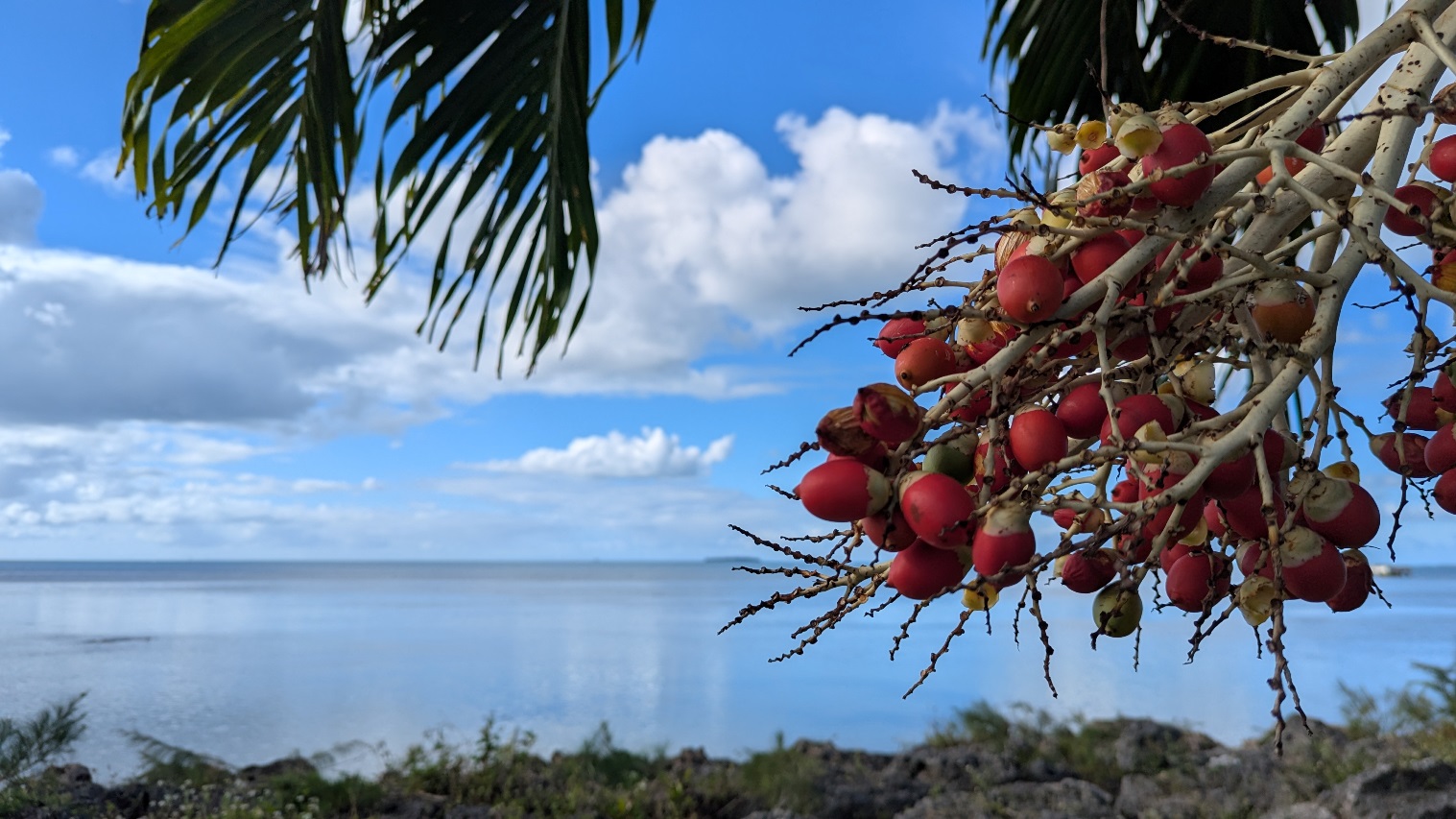
A bunch of palm tree seeds foreground the still waters of the South Pacific.
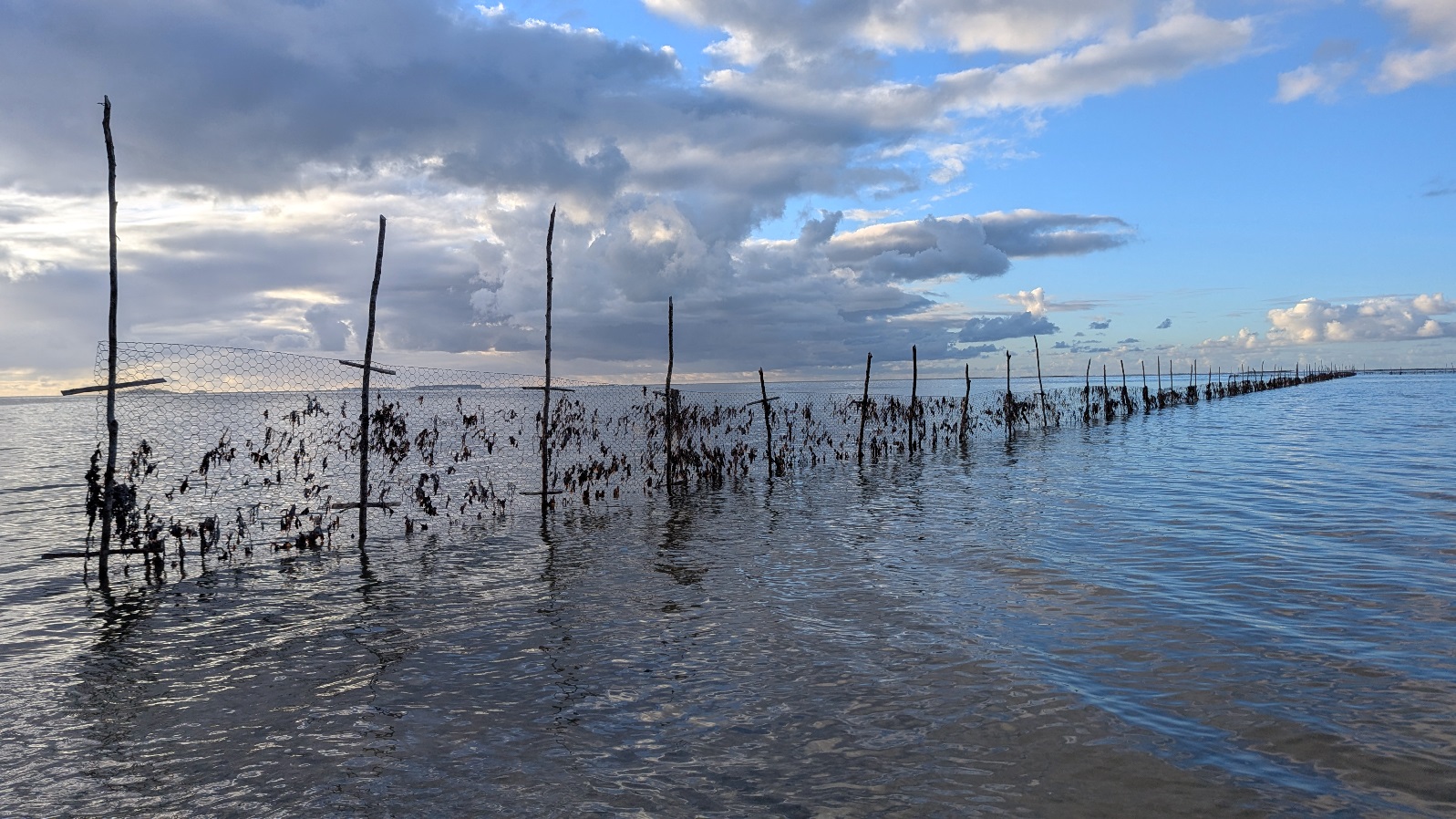
Vertical fishing nets silhouetted against the late afternoon light.
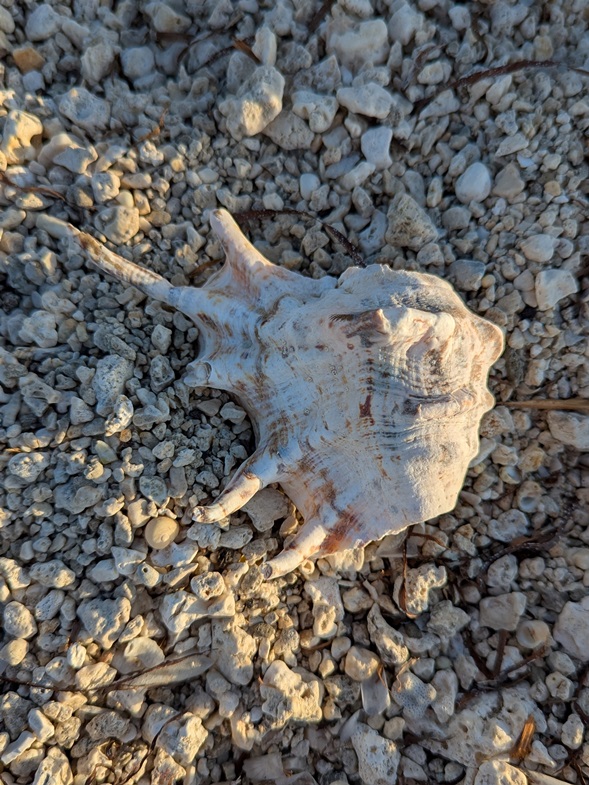
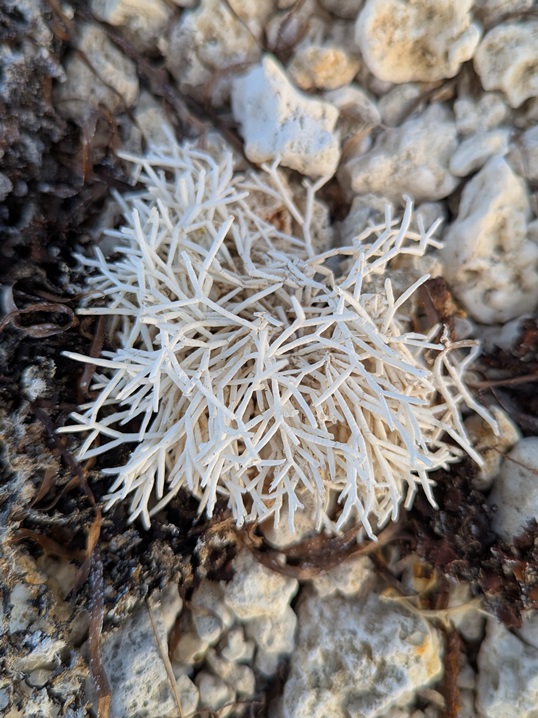
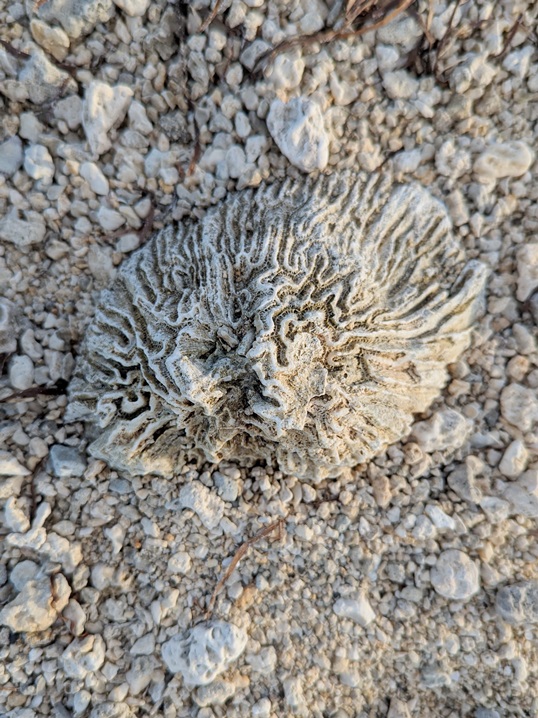
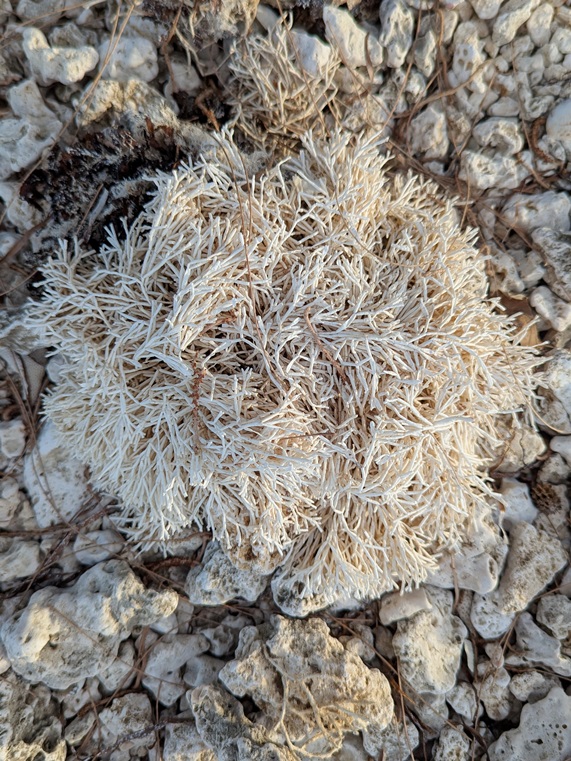
Exquisite beachcomber finds during a late afternoon walk along Nuku'alofa's coral beach.
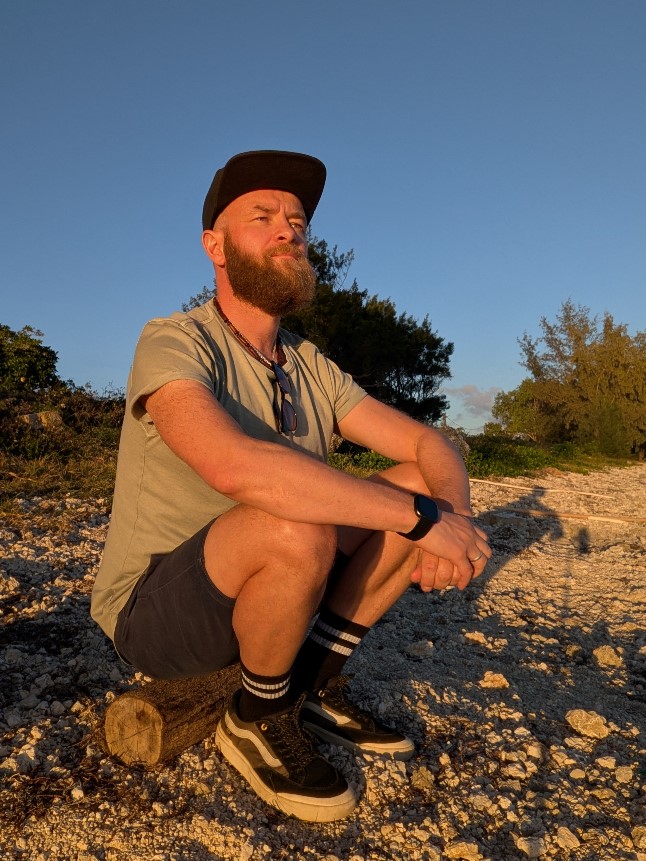
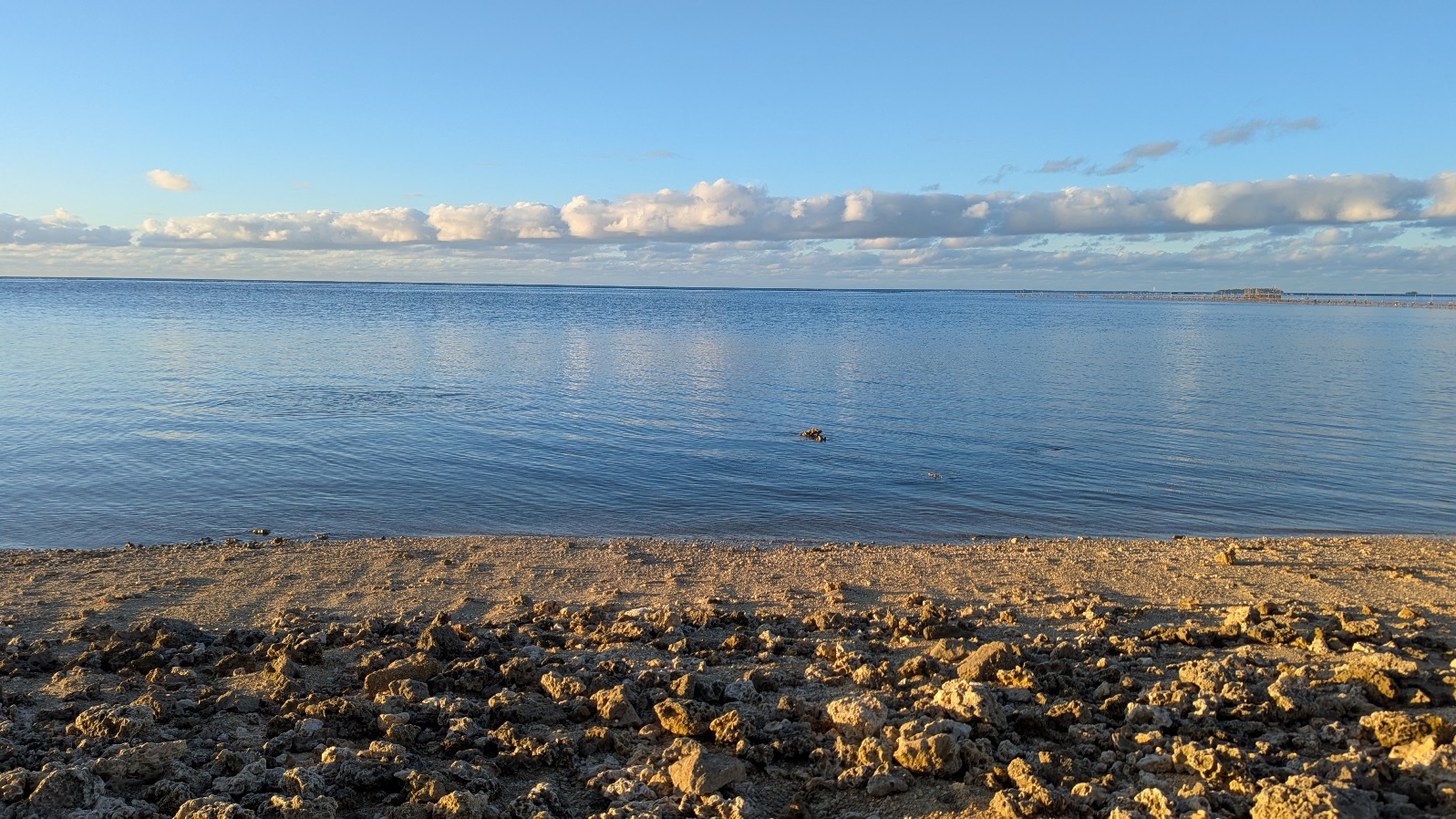
Golden hour on the coral beach on the eastern coast of Tongatapu, a great place to eat a takeaway pizza and watch the sun drop.
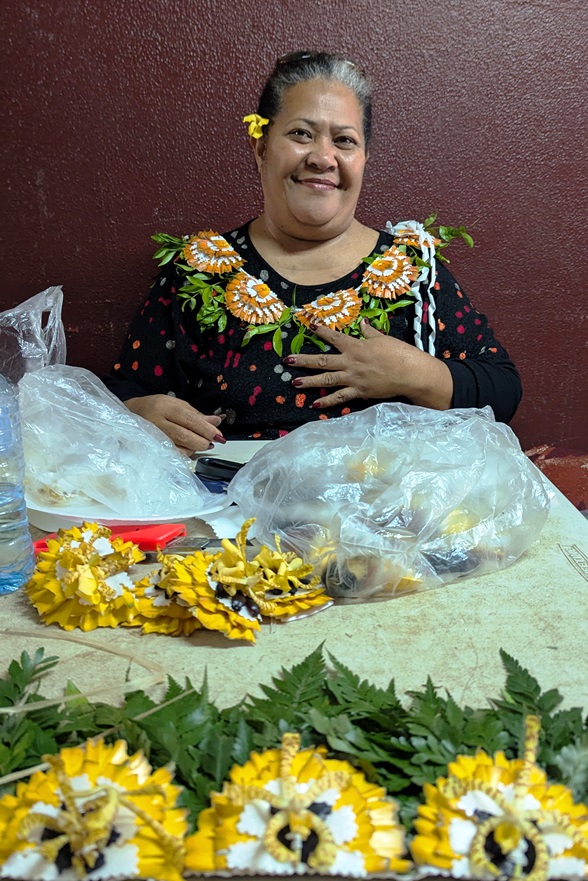
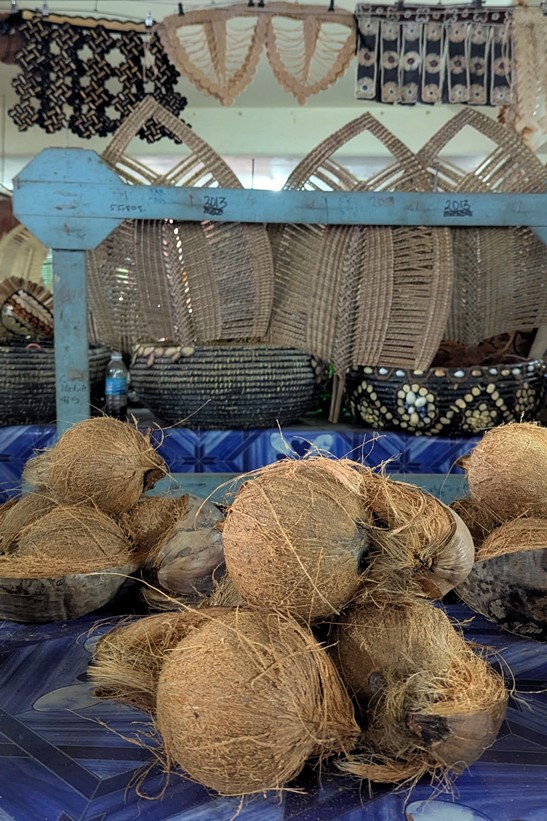
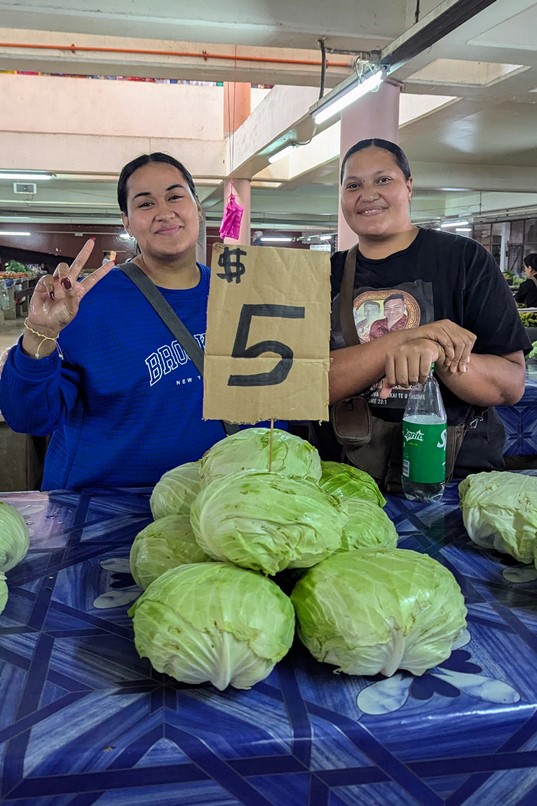
Scenes and smiles from the wonderful Talamahu Market.
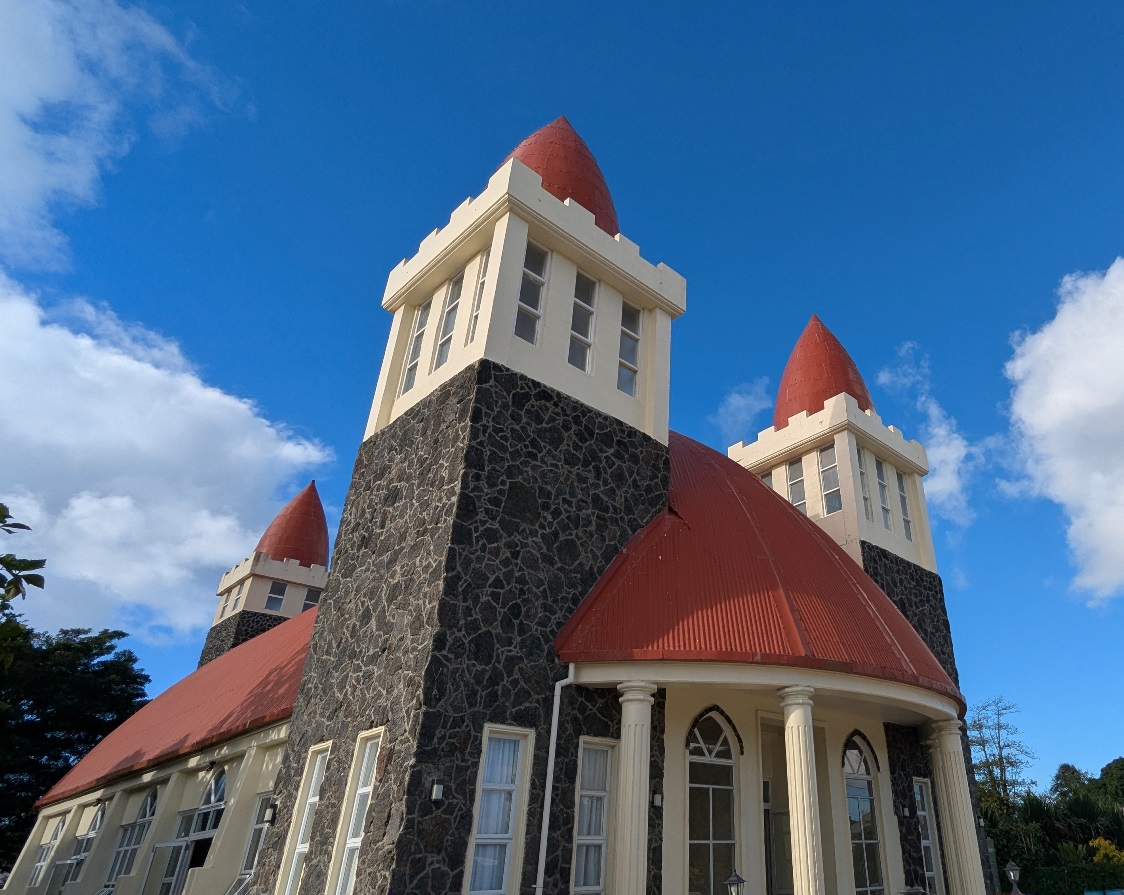
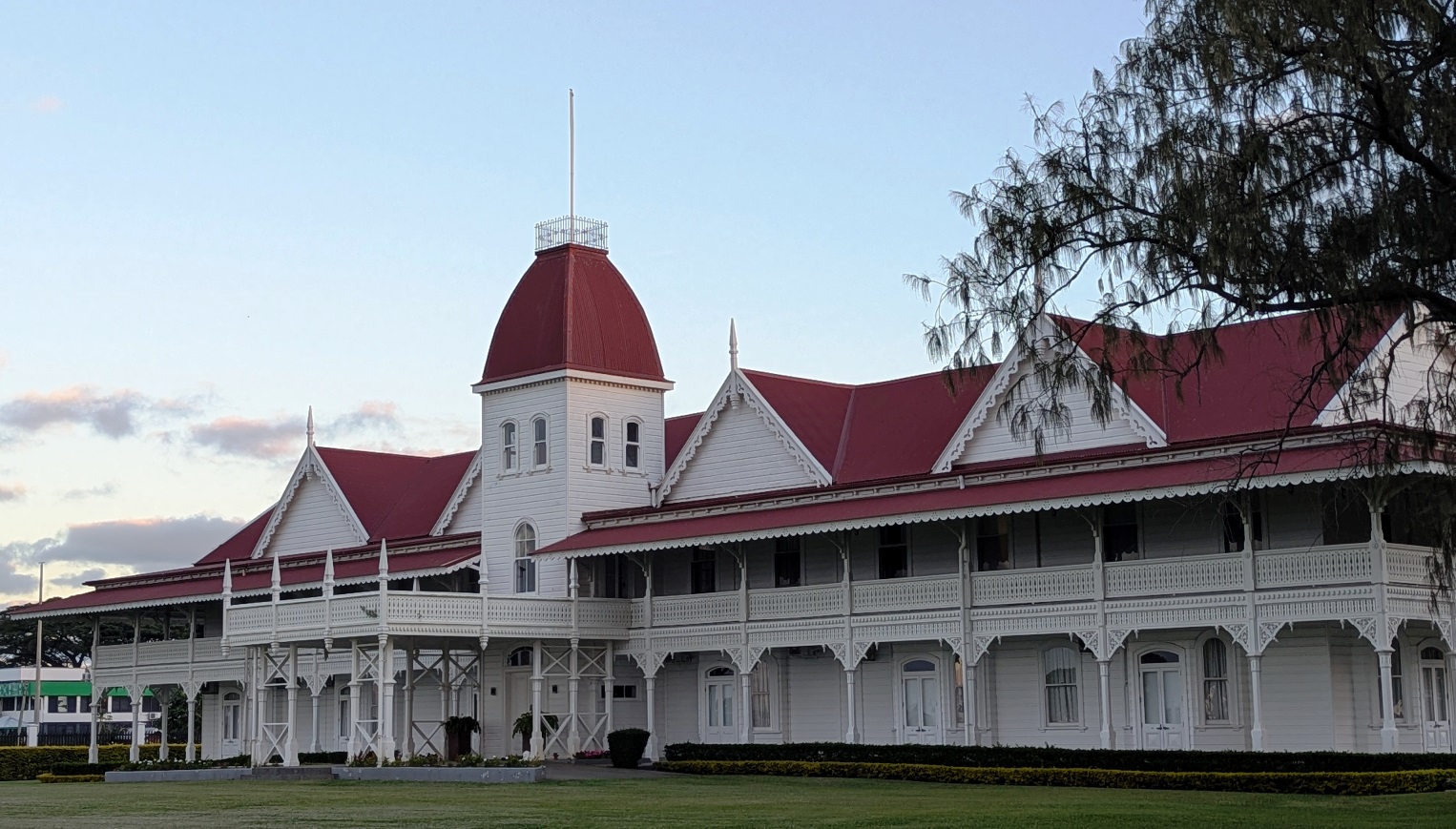
The red corrugated domes of a Nuku'alofa church. Right: the Royal Palace of Tonga, home to King Tupou VI.
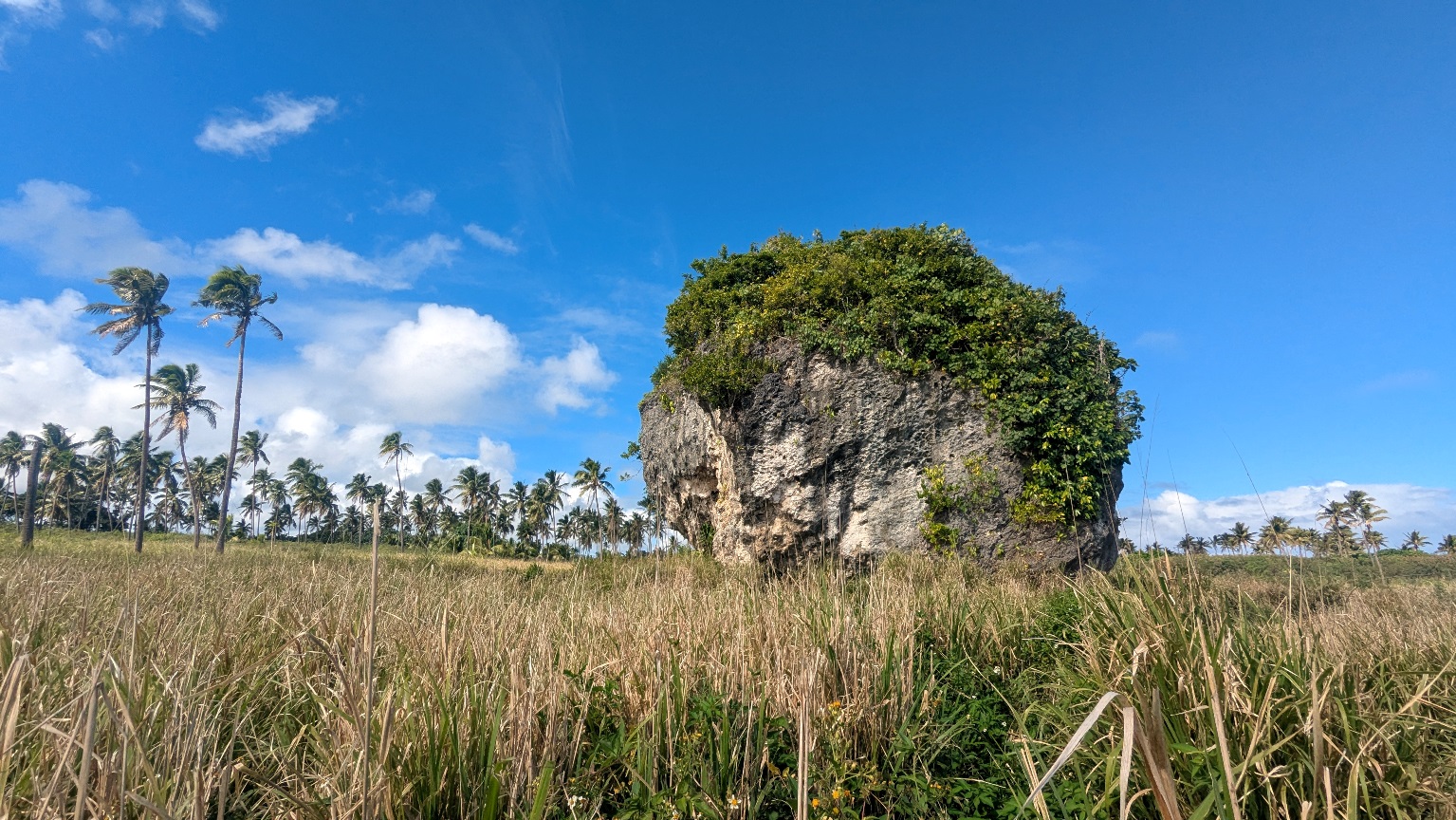
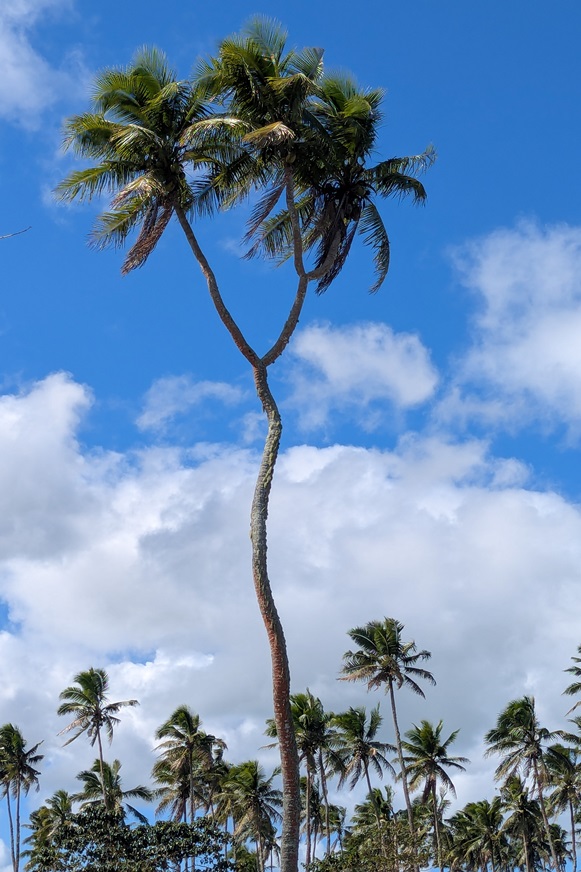
Tsunami Rock at Kala'au village. Right: the marvellous Three Headed Coconut tree at Liahona village.
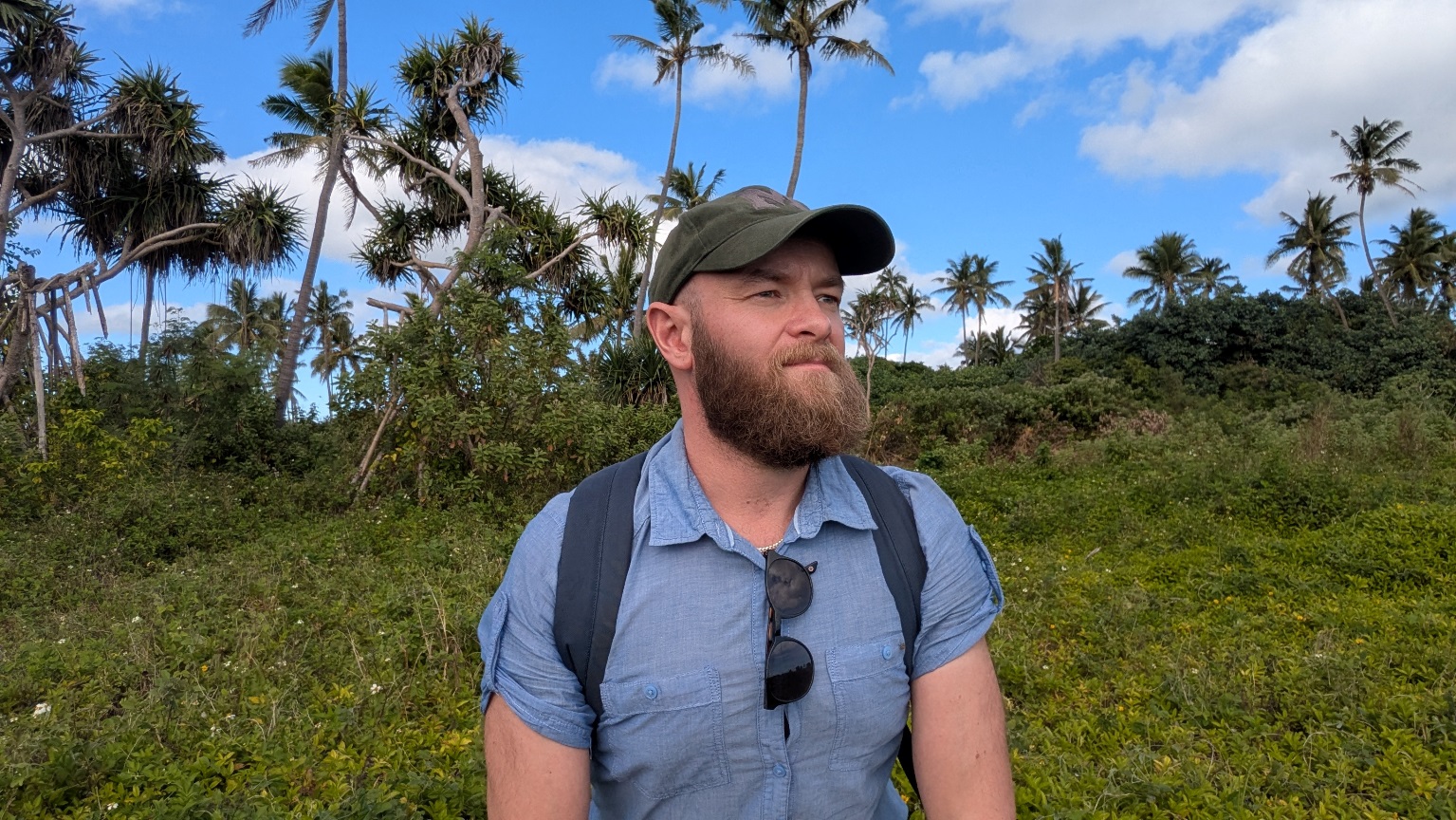
Near Talafa'ou village. I'll never get bored of seeing palm trees.
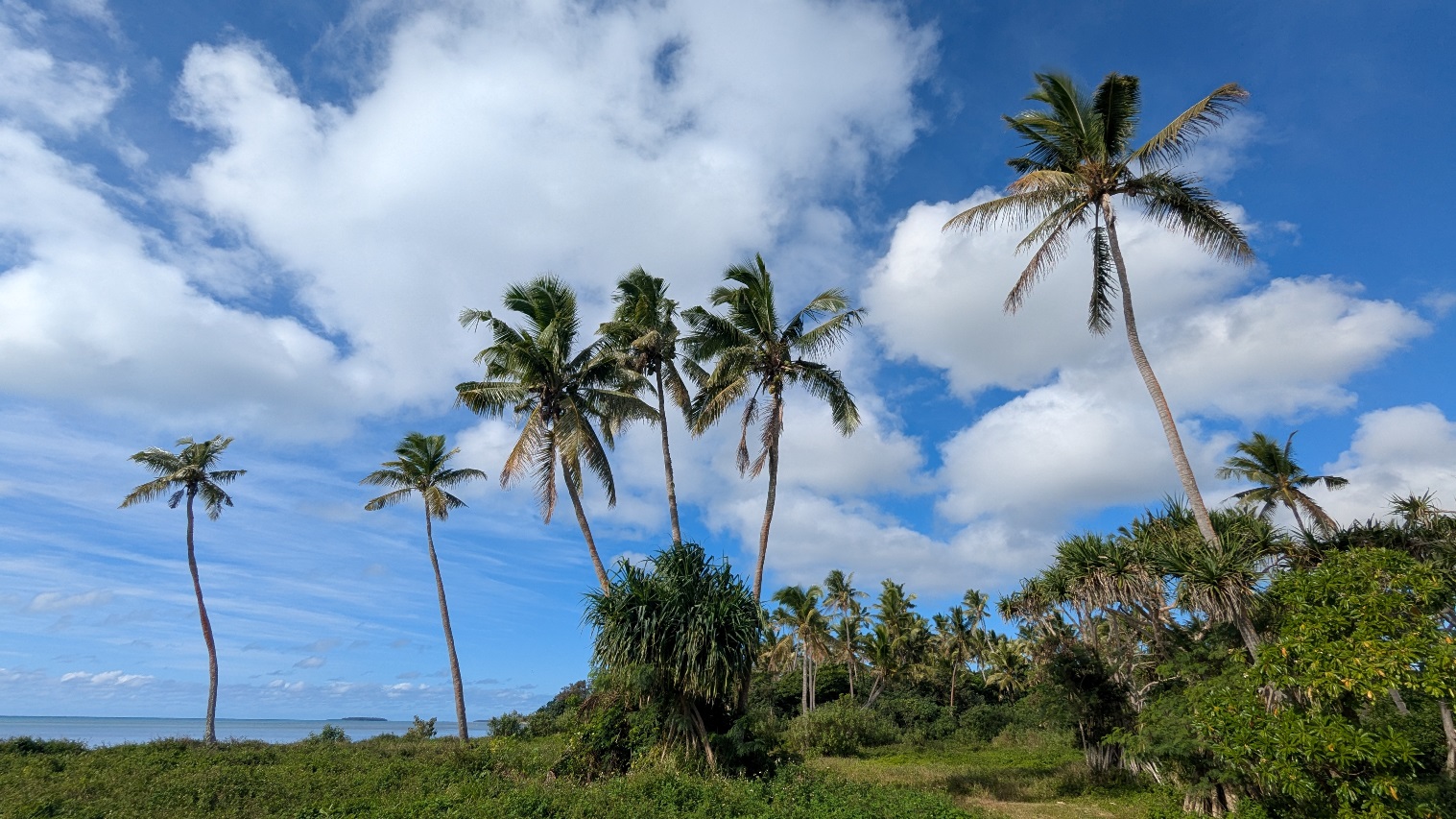
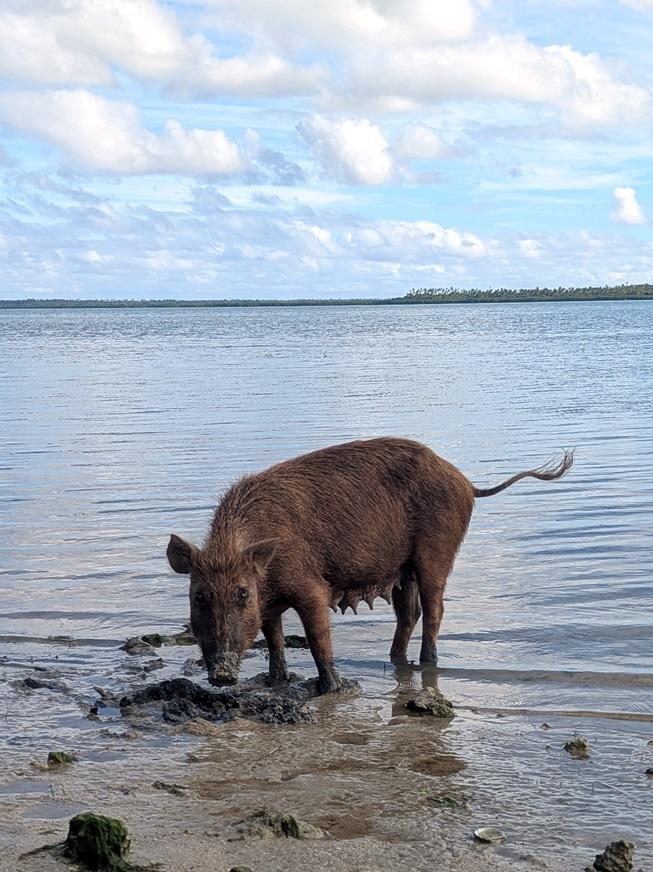
Palm trees at Niutao Beach . Right: a Fishing Pig at Talafo'ou village.
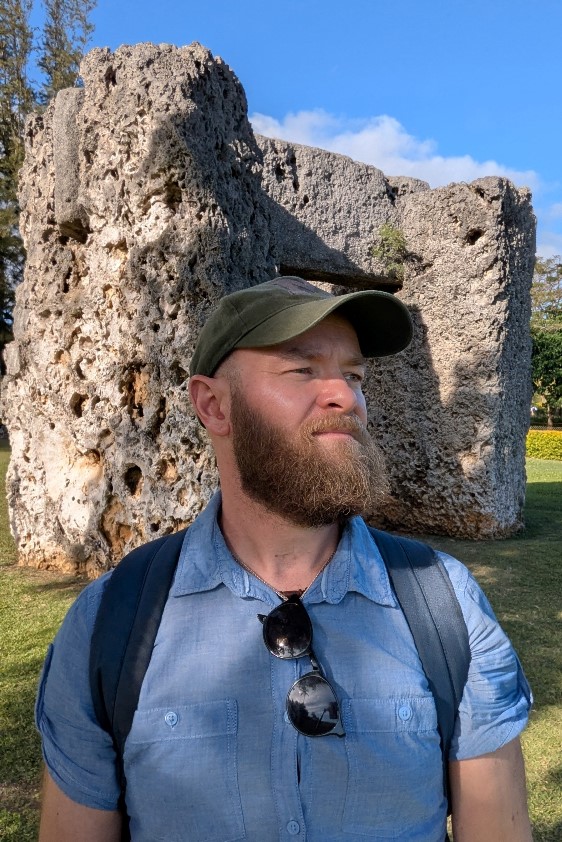
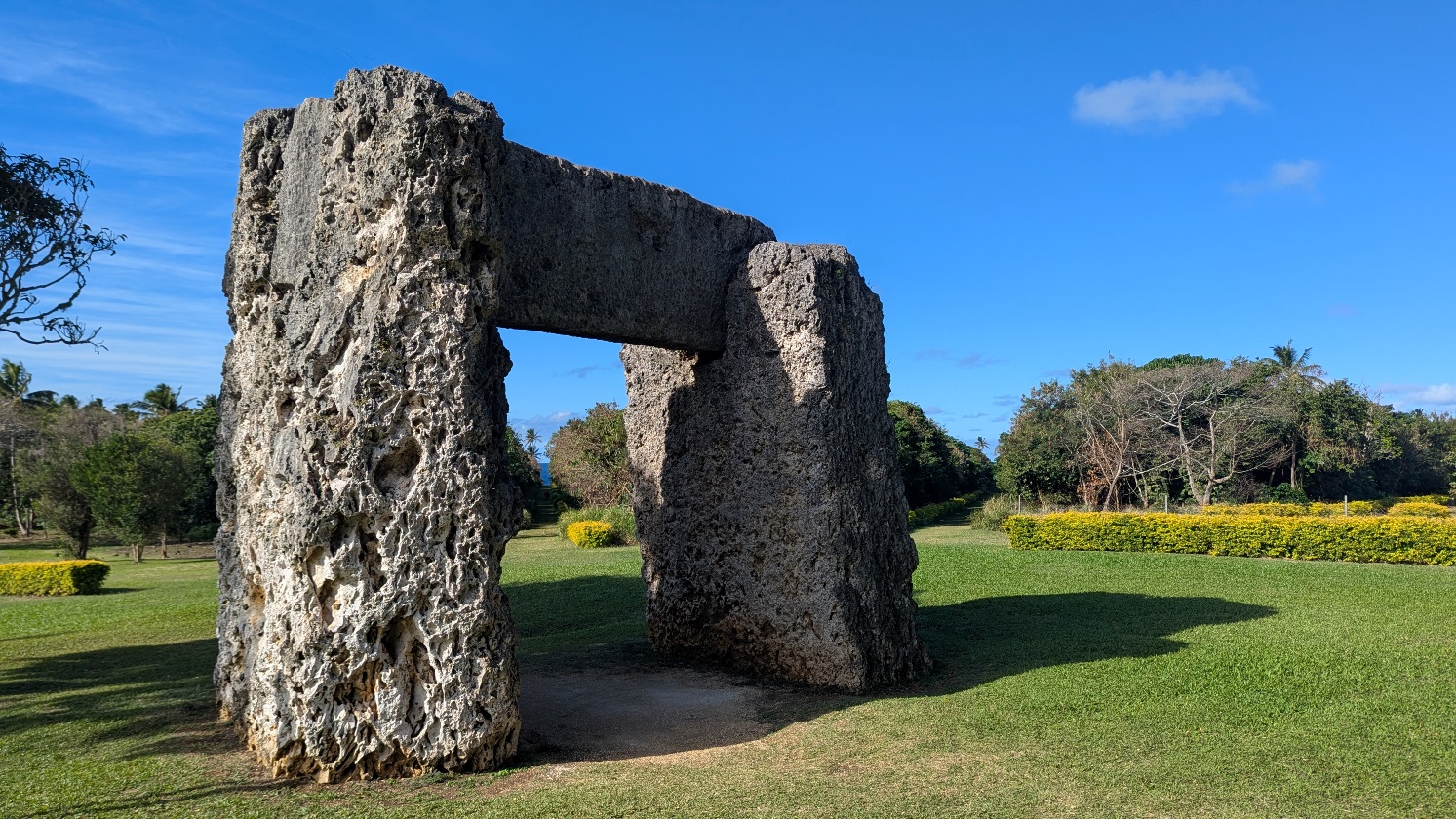
The Ha'amonga, the Stonehenge of the South Pacific, aligns on the longest and shortest days of the year by having the same bearing as the Tropic of Cancer and the Tropic of Capricorn.
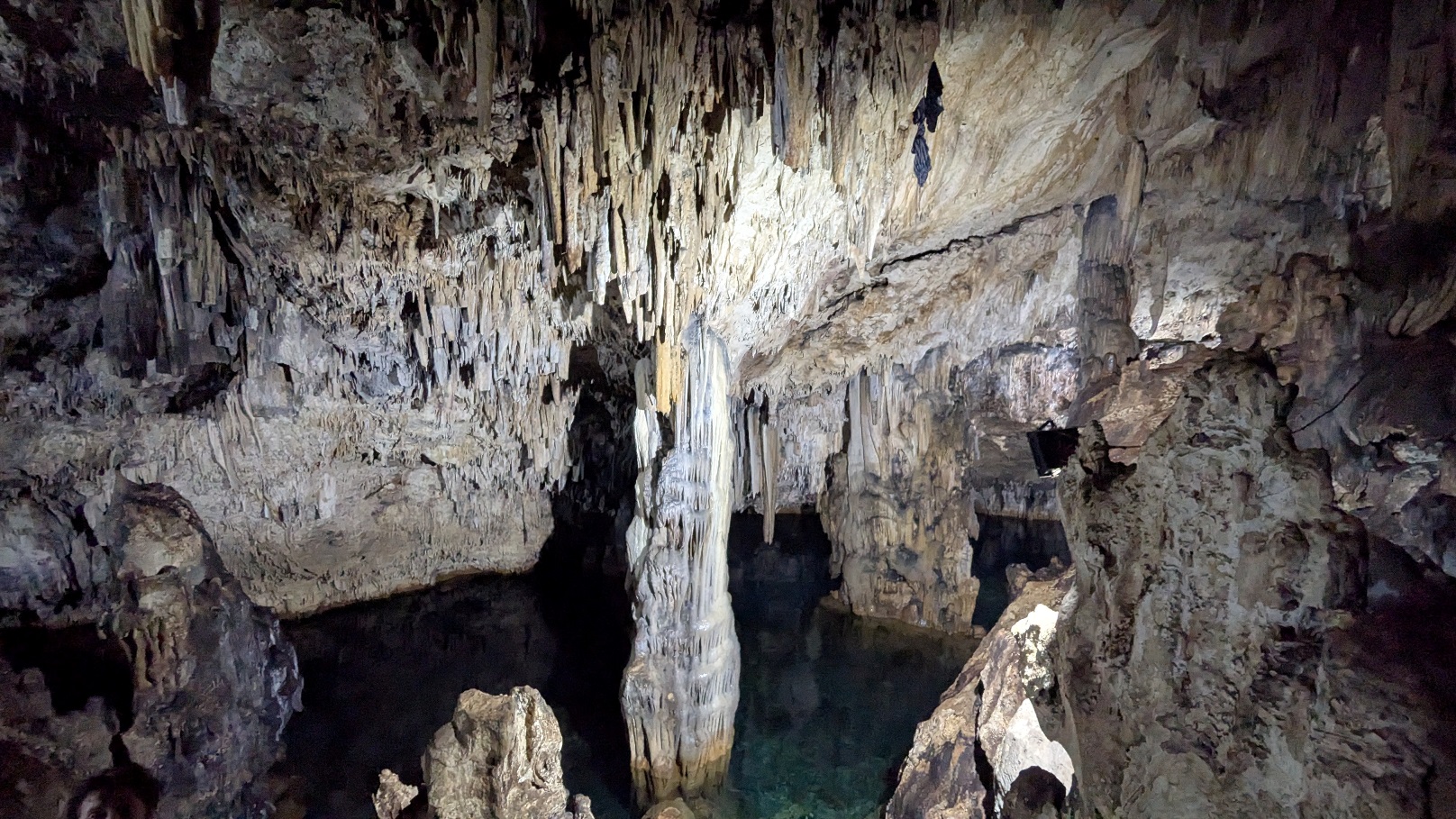
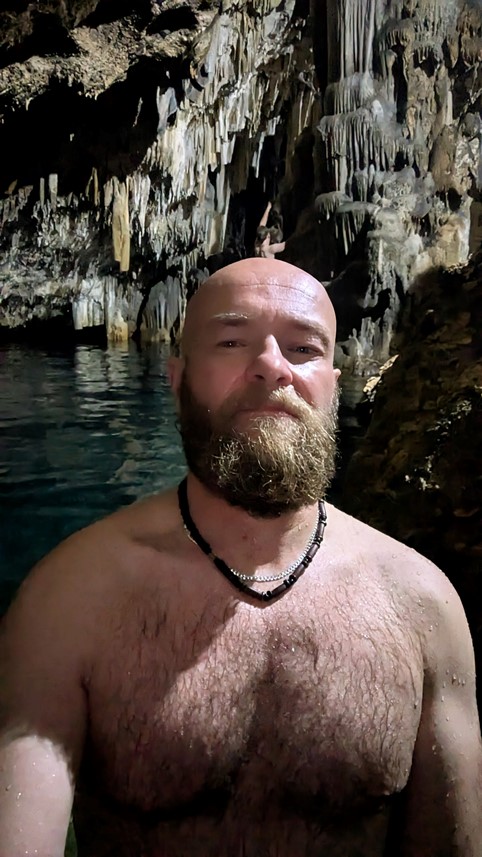
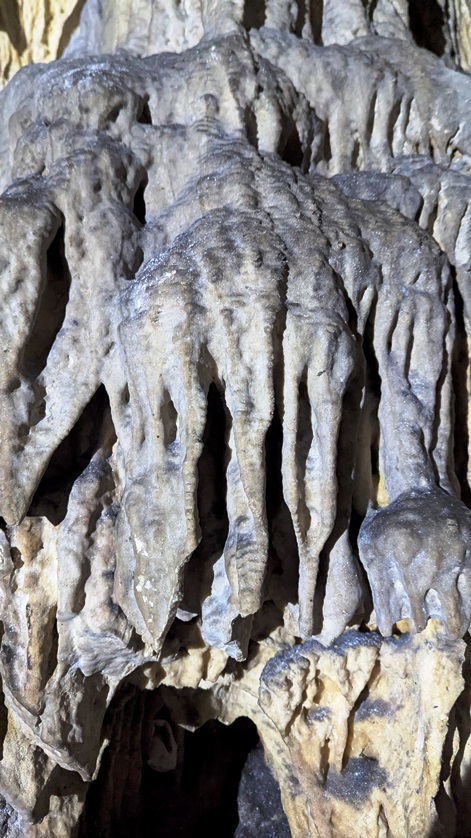
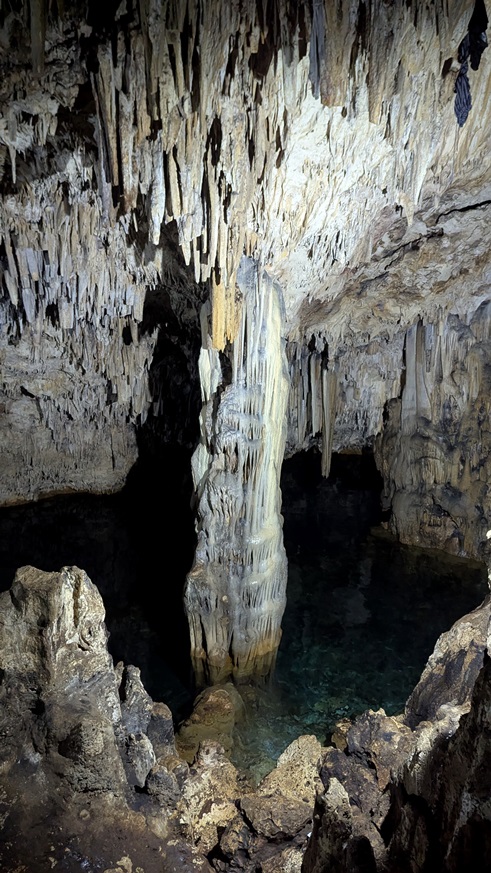
The otherworldly Anahulu Cave: stalactites, stalagmites and an inky turquoise pool to swim in.
travel tips, links & resources
- Tonga is a conservative country where same-sex relationships are not recognised and where sex between men is illegal. Check out the Equaldex website here for a more comprehensive summary.
- A modest dress code applies in Tonga. Basically, no bare chests outside of tourist areas (swimming in a cave permitted) and cover up your legs if entering a place of worship.
- Solo travel can be daunting. However, Tonga is a great place to travel if you are on your own.
- Dogs roam freely and are relatively wild. They may look friendly but are very skittish and do attack. I crossed the road multiple times to avoid passing these dogs too closely; they're quite territorial and guard their space fiercely.
- There are mosquitoes in parts of Tonga, but they are not thought to be malarial. They do, however, carry Dengue Fever. Take precautions.
- Sunday is declared sacred in the Tongan Constitution. Expect all shops to be closed on this day. The airports are also closed and no buses or taxis will be running. Indeed, anyone conducting business on this day, such as selling water from a convenience store, risks a hefty fine. For reasons of practicality, hotels are exempt. Tonga stops on Sundays.
- It is common for church bells to ring at 5am on Sundays, Mondays, Wednesdays and Fridays. Bring ear plugs with you if you treasure your sleep.
- Roads can and do get congested on the island; there isn't much public transportation and so many people drive. Tongatapu is a small island with a lot of cars. Factor in extra time if your journey is time-dependant.
- The main tourist booklet available all over Tonga, the What's On Tonga, was hopelessly out of date yet copies were very much newly printed. In reality, prices for attractions had doubled and businesses listed had closed down years before. If you're acting on information it contains, check thoroughly online before setting off or you could end up on a wild goose chase like me.
you may also like
